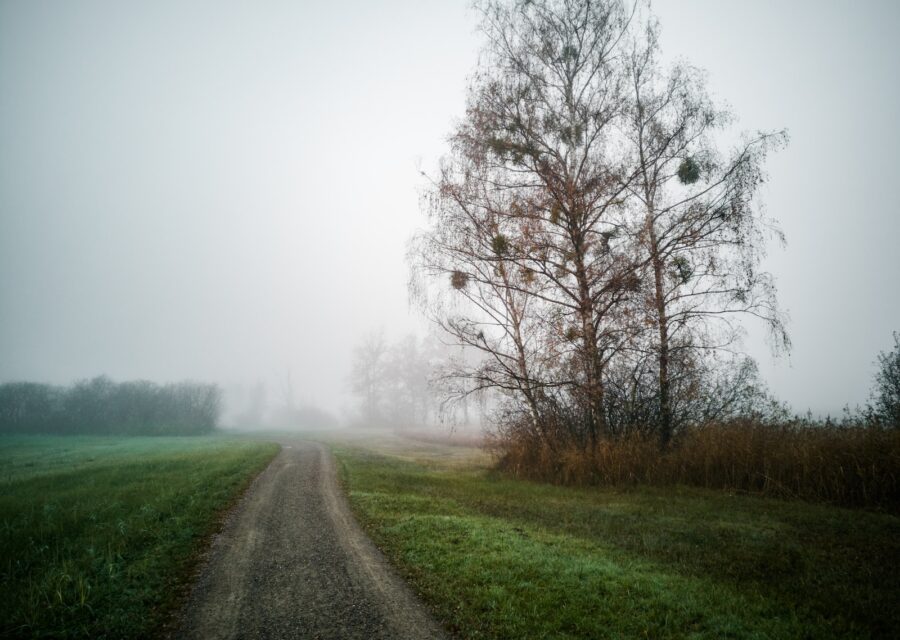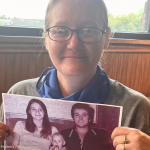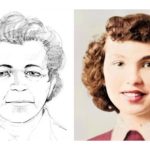In a remarkable breakthrough, Canadian law enforcement officers in Saskatchewan have successfully utilised forensic genealogy to solve the mystery behind human remains discovered in a remote field. The remains, which consisted of a human skull, were stumbled upon by individuals searching for shed antlers in Morris, a tranquil rural municipality southeast of Saskatoon, in 2021.
Following an extensive year-long investigation, a renowned forensic genealogy firm employed cutting-edge techniques to unravel the identity of the deceased individual. Through meticulous analysis and comparison of DNA samples, the experts ascertained that the remains belonged to a person closely related to individuals residing in Red Deer, Alberta.
After cross-referencing their findings with missing persons reports, the Royal Canadian Mounted Police (RCMP) announced that the remains were conclusively identified as those of Kassandra Jorquera, a 27-year-old woman from the central Alberta city. Jorquera had been missing for over two years, leaving her loved ones distraught and searching for answers.
The circumstances surrounding Jorquera’s demise remain shrouded in suspicion, and investigators are actively seeking leads regarding her connections to Saskatchewan. Sgt. Ryan Boogaard, a dedicated member of Saskatchewan RCMP’s major crimes unit, issued a plea for information in a recent press release. He urged individuals who may have encountered or interacted with Jorquera in the weeks following New Year’s 2021 to come forward.
“Did you know Kassandra? Did you speak with her or have any encounters with her during the weeks after New Year’s 2021?” Boogaard implored. “Your recollection could be the missing piece of the puzzle that will help us shed light on what happened to her in those final weeks of her life.”
Further investigation revealed that Jorquera frequently visited Red Deer and was observed in the city just a month before the discovery of her remains. Additionally, she occasionally travelled to Grande Prairie in northwest Alberta. Astonishingly, Jorquera had not been reported missing until after her remains were found, complicating the already intricate investigation.
Sgt. Boogaard emphasised the relentless efforts of law enforcement, stating:
Since February 2021, we have diligently laboured to identify the deceased individual. Today, we can confirm that it is indeed Kassandra. However, our work is far from over; we must retrace her every step throughout January 2021.
Sgt. Ryan Boogaard, Saskatchewan RCMP’s major crimes unit
The utilisation of forensic genealogy to solve this case is a testament to the ever-evolving nature of crime-solving techniques. This breakthrough opens the door to similar cases across Canada, where genetic genealogy has played a pivotal role in identifying unidentified remains.
In other regions of Canada, genetic genealogy has aided law enforcement in solving perplexing cases that had long remained unsolved. One such case took place in British Columbia, where the remains of a young woman found in a remote forest were identified using this ground-breaking technique. The investigation led to the closure of a cold case that had haunted the community for decades.
Similarly, in Ontario, the remains of an unidentified man discovered near a river were recently matched to a missing person through the use of genetic genealogy. The revelation brought solace to the man’s family, who had tirelessly searched for him since his disappearance several years ago.
These instances highlight the invaluable role that forensic genealogy plays in solving intricate cases and providing closure to grieving families. As technology continues to advance, the application of genetic genealogy is expected to aid law enforcement agencies across Canada in solving more cold cases and bringing justice to those affected.
Image Source:
- Photo by Yves Moret: instant images





